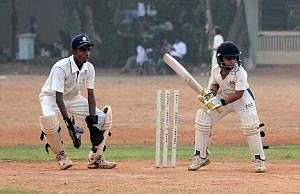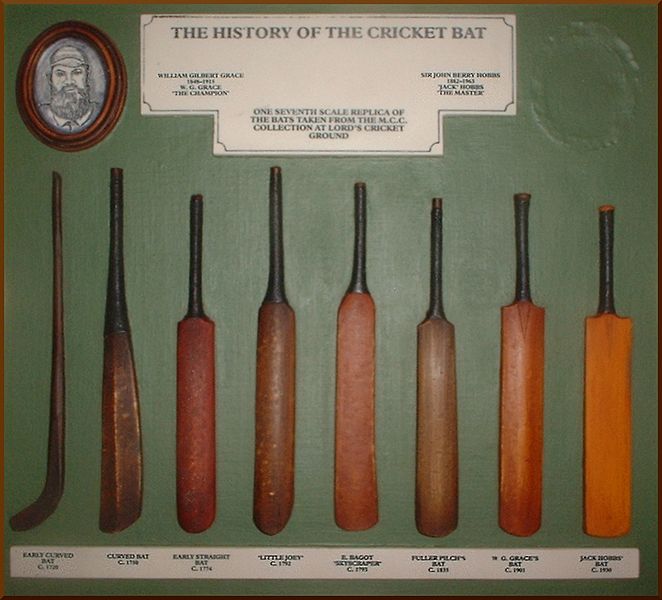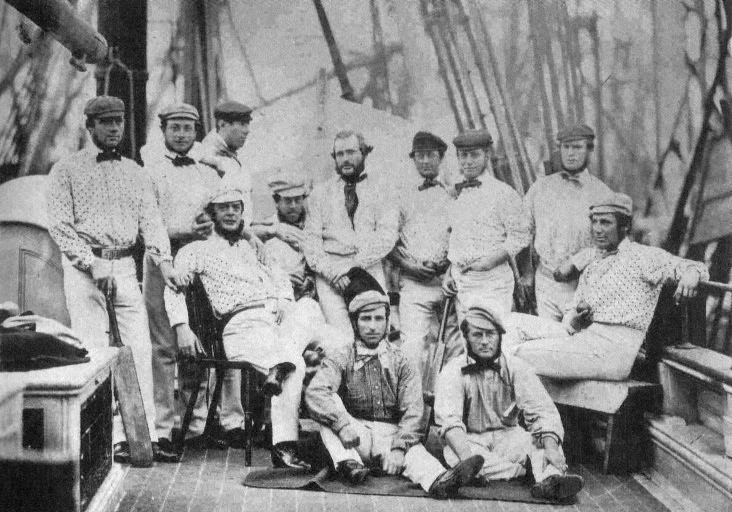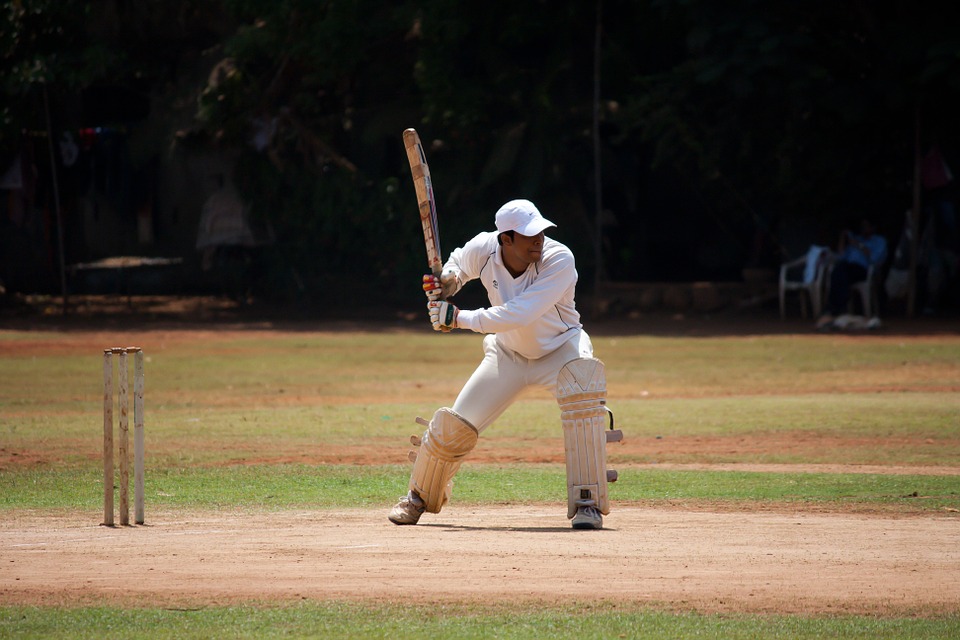CRICKET History
The root of cricket is obscure. There is an accord of master sentiment that it was most likely made amid Saxon or Norman circumstances by kids living in the Weald, a range of thick forests and clearings in south-east England that lies crosswise over Kent and Sussex. The primary distinct reference is dated Monday, 17 January 1597 (Julian date; see beneath).
There have been a few theories about the amusement’s starting points including some that it was made in France or Flanders. The most punctual of these theoretical references is dated Thursday, 10 March 1300 (Julian date) and concerns the future King Edward II playing at “creag and different diversions” in both Westminster and Newenden. It has been recommended that “creag” was an Olde English word for cricket however master supposition is that it was an early spelling of “craic”, signifying “playing around in gener al”.
al”.
It is for the most part trusted that cricket made due as a kids’ diversion for some eras previously it was progressively taken up by grown-ups around the start of the seventeenth century. Conceivably cricket was gotten from bowls, expecting bowls is the more established game, by the mediation of a batsman attempting to prevent the ball from achieving its objective by hitting it away. Playing on sheep-touched land or in clearings, the first actualizes may have been a tangled piece of sheep’s fleece (or even a stone or a little chunk of wood) as the ball; a stick or a criminal or another ranch instrument as the bat; and a stool or a tree stump or an entryway (e.g., a wicket door) as the wicket.
The name of “CRICKET”
Various words are believed to be conceivable hotspots for the expression “cricket”. In the most punctual clear reference, it was spelled creckett. The name may have been gotten from the Middle Dutch krick(- e), which means a stick; or the Old English cricc or cryce meaning a bolster or staff, or the French word criquet meaning a wooden post.The Middle Dutch word krickstoel implies a long low stool utilized for bowing in chapel; this looked like the long low wicket with two stumps utilized as a part of early cricket.
As per Heiner Gillmeister, an European dialect master of the University of Bonn, “cricket” gets from the Middle Dutch expression for hockey, met de (krik ket)sen (i.e., “with the stick pursue”).
It is more probable that the phrasing of cricket depended on words being used in south-east England at the time and, given exchange associations with the County of Flanders, particularly in the fifteenth century when it had a place with the Duchy of Burgundy, many Middle Dutch[9] words discovered their way into southern English tongues.
Worldwide cricket starts
The main ever worldwide cricket amusement was between the USA and Canada in 1844. The match was played at the grounds of the St George’s Cricket Club in New York.
The English group 1859 on their way to the USA
In 1859, a group of driving English experts set off to North America on the primary ever abroad visit and, in 1862, the principal English group visited Australia. Amongst May and October 1868, a group of Australian Aborigines visited England in what was the principal Australian cricket group to travel abroad.
The primary Australian visiting group (1878) imagined at Niagara Falls
In 1877, an England visiting group in Australia played two matches against full Australian XIs that are presently viewed as the inaugural Test matches. The next year, the Australians visited England surprisingly and the achievement of this visit guaranteed a prevalent interest for comparable ventures in future. No Tests were played in 1878 however more soon took after and, at The Oval in 1882, the Australian triumph in a strained complete offered ascend to The Ashes. South Africa turned into the third Test country in 1889.
National titles
A noteworthy advancement in household cricket happened in 1890 when the official County Championship was constituted in England. This hierarchical activity has been rehashed in different nations. Australia set up the Sheffield Shield in 1892– 93. Other national rivalries to be built up were the Currie Cup in South Africa, the Plunkett Shield in New Zealand and the Ranji Trophy in India.
The period from 1890 to the flare-up of the First World War has turned out to be one of wistfulness, apparently on the grounds that the groups played cricket as per “the soul of the diversion”, yet more sensibly in light of the fact that it was a peacetime period that was broken by the First World War. The period has been known as The Golden Age of cricket and it included various awesome names, for example, Grace, Wilfred Rhodes, C. B. Sear, Ranjitsinhji and Victor Trumper.
Balls per over
In 1889 the immemorial four ball over was supplanted by a five ball over and after that this was changed to the present six balls an over in 1900. Hence, a few nations tried different things with eight balls an over. In 1922, the quantity of balls per over was changed from six to eight in Australia as it were. In 1924 the eight ball over was reached out to New Zealand and in 1937 to South Africa. In England, the eight ball over was received tentatively for the 1939 season; the aim was to proceed with the investigation in 1940, yet five star cricket was suspended for the Second World War and when it continued, English cricket returned to the six ball over. The 1947 Laws of Cricket permitted six or eight balls relying upon the states of play. Since the 1979/80 Australian and New Zealand seasons, the six ball over has been utilized worldwide and the latest rendition of the Laws in 2000 just allows six ball overs.




